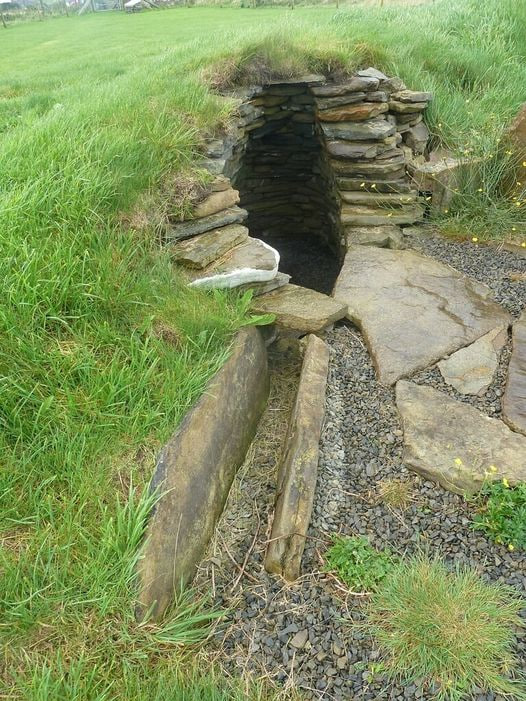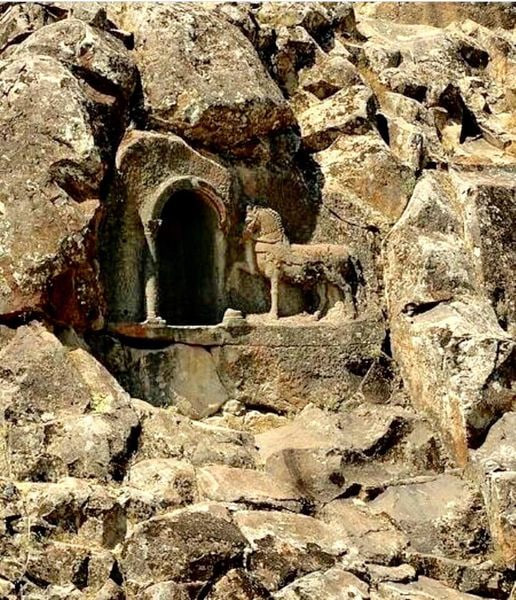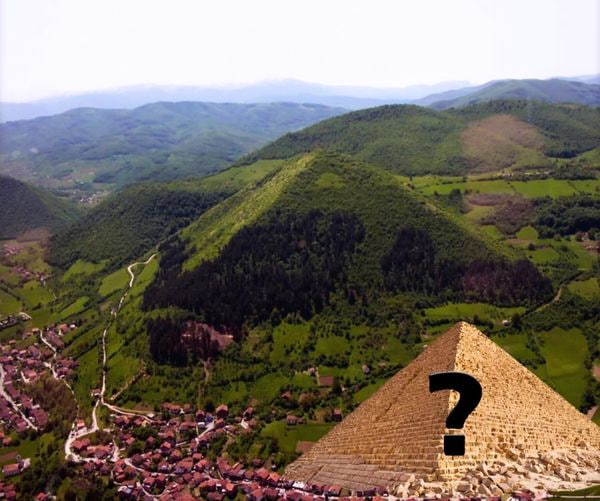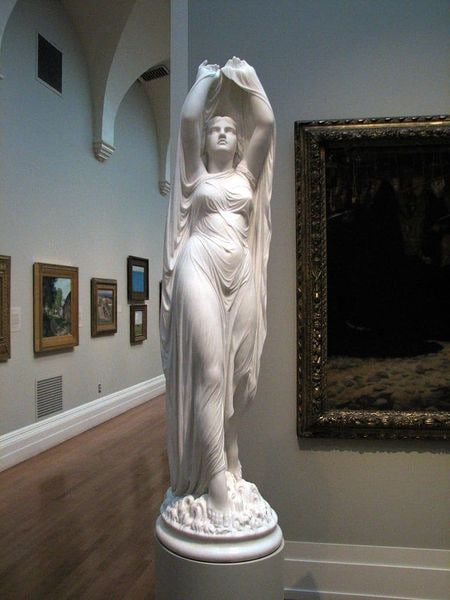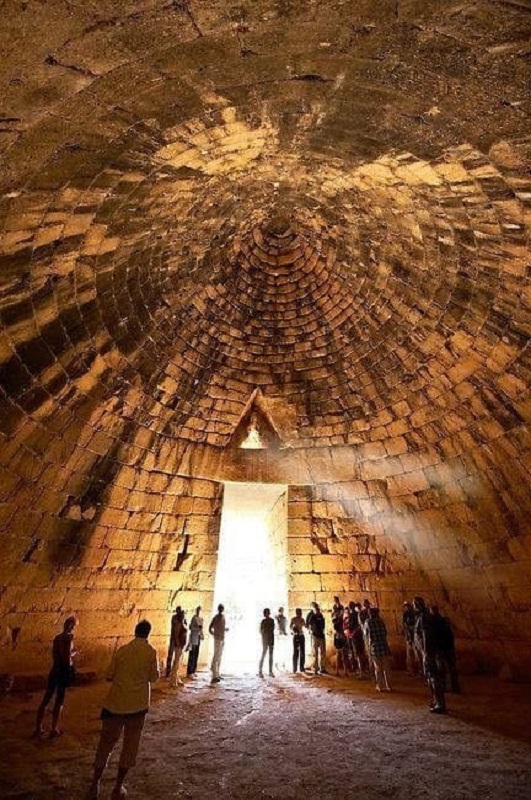Nestled amidst the rugged beauty of the Indus Valley in Pakistan lies a treasure trove of ancient art and symbolism—the Shatial Petroglyphs. Stretching for over 100 kilometers along the Karakoram Highway in the Gilgit-Baltistan region, these intricate carvings and writings offer a window into the rich tapestry of human history, spanning from the Stone Age to the birth of Islam. However, despite their cultural significance, these magnificent glyphs now face the looming threat of destruction from modern hydropower projects planned in the Indus Valley.
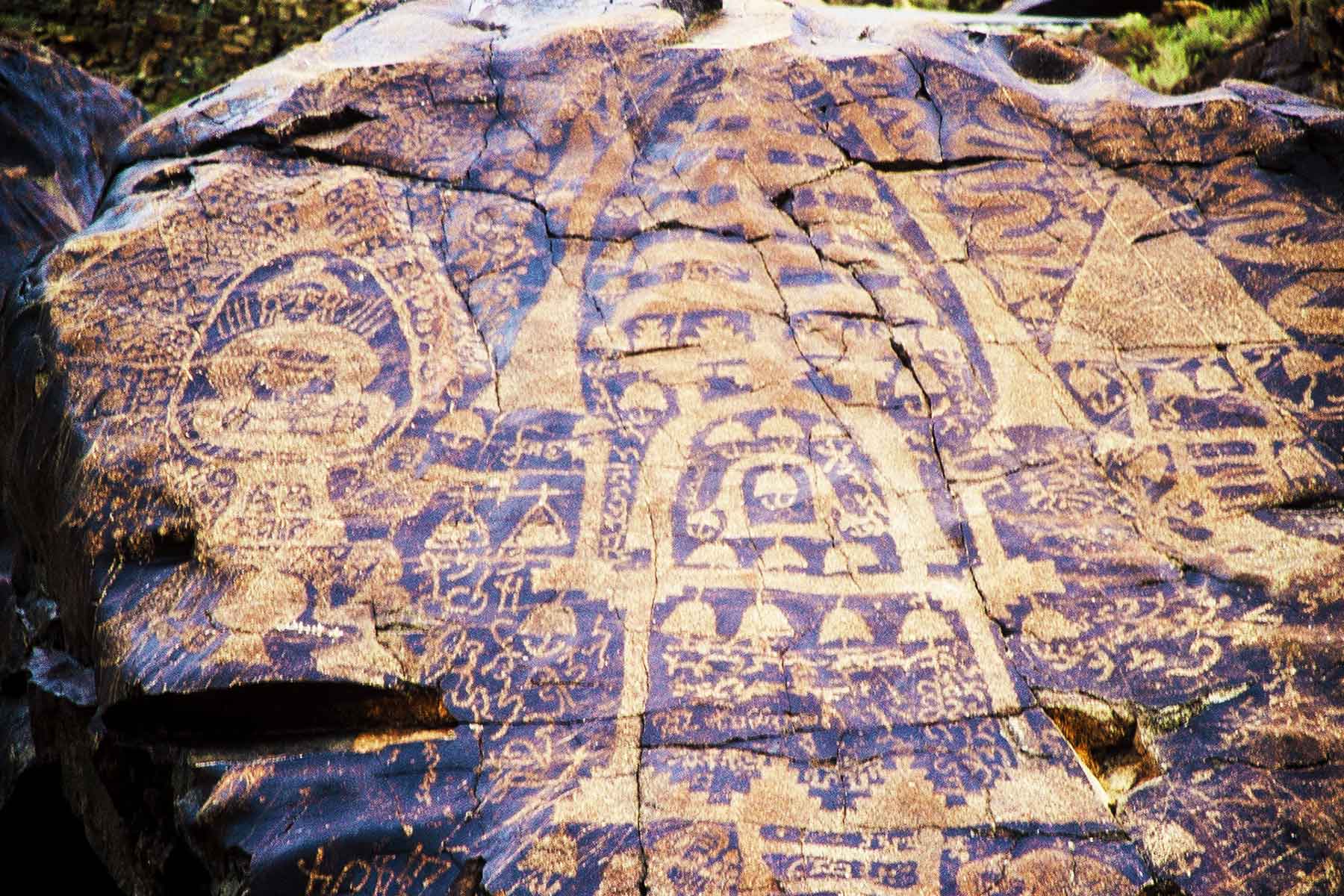
Ancient Heritage
The Shatial Petroglyphs are a testament to the enduring creativity and ingenuity of ancient civilizations that once thrived in the Indus Valley. Carved into rocks and boulders, these petroglyphs depict a myriad of symbols, writings, and designs, representing the diverse languages, religions, and cultures that have inhabited the region over the past 10,000 years. From hunting scenes to religious rituals, each glyph tells a story of humanity's journey through time.
Cultural Diversity
One of the most remarkable aspects of the Shatial Petroglyphs is their remarkable diversity, reflecting the complex tapestry of human civilization in the Indus Valley. The glyphs encompass a wide range of languages, including ancient scripts such as Sanskrit, Brahmi, and Kharosthi, as well as symbols and motifs associated with various religious traditions, including Hinduism, Buddhism, and Islam. This cultural richness offers invaluable insights into the interconnectedness of ancient societies and the exchange of ideas across the region.
Threats to Preservation
Despite their cultural significance, the Shatial Petroglyphs now face an uncertain future due to the encroaching threat of modern development. Proposed hydropower projects in the Indus Valley pose a direct threat to these ancient carvings, as the construction of dams and reservoirs could result in the flooding and destruction of significant portions of the petroglyph site. This potential loss would not only deprive future generations of a unique cultural heritage but also erase valuable insights into the history and symbolism of the region.
Preservation Efforts
In the face of these threats, efforts are underway to safeguard the Shatial Petroglyphs and preserve their legacy for future generations. Local communities, archaeologists, and cultural heritage organizations have joined forces to advocate for the protection of the site, raising awareness about its cultural significance and lobbying for alternative solutions to meet Pakistan's energy needs without sacrificing its ancient heritage. By uniting in a collective effort, we can ensure that the Shatial Petroglyphs continue to inspire and educate for centuries to come.
Conclusion
The Shatial Petroglyphs of the Indus Valley stand as a testament to the resilience and creativity of humanity throughout the ages. From their humble beginnings as Stone Age carvings to their status as a UNESCO World Heritage Site, these magnificent glyphs serve as a reminder of the rich cultural heritage that defines the region. As we confront the challenges of modern development, let us not forget the importance of preserving our ancient legacy for future generations, ensuring that the stories engraved in stone endure as enduring symbols of human ingenuity and imagination.






